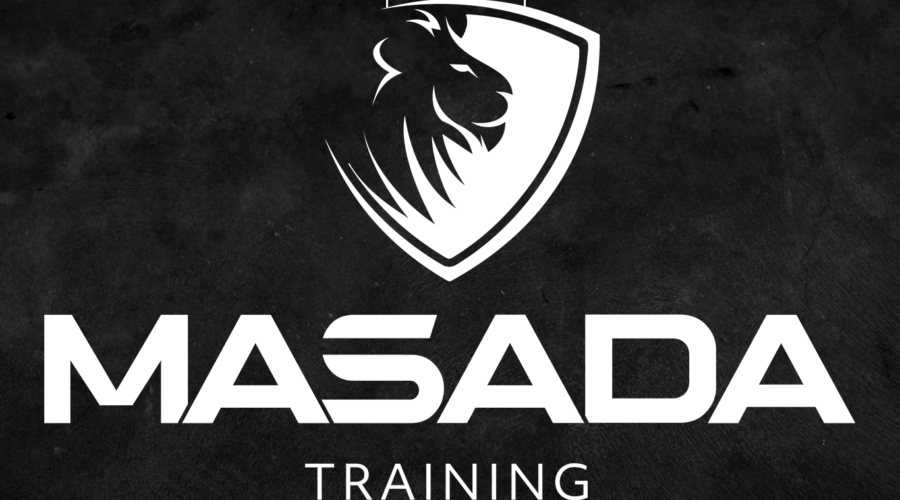A phrase often heard in my office, typically when trying to mentor a younger employee: “don’t come to me with problems; come to me with solutions.”
I am often amazed at the lack of initiative and ability to think outside the box that society suffers from these days. It is easier for a person to depend on others than to think/do for themselves. Once given a task, an employee finds it simpler to come back and say they couldn’t complete it and need guidance over using their own imaginative and creative brain to find a way.
Oxford Dictionary provides the following definition of “Guidance: “advice or information aimed at resolving a problem or difficulty, especially as given by someone in authority; the directing of the motion or position of something, especially a missile.” I believe strongly that the role of a leader or mentor is to combine both of these definitions into one: “advice or information aimed at directing the motion of someone.” I do not believe my role is to provide my staff with the answer but rather teach them how to come to conclusions independently. This, in turn, would (ideally) result in more resourceful employees who are not afraid to initiate and feel comfortable, and hopefully encouraged to make mistakes, learn from those, and apply those lessons for the growth of self and the organization.
How do I usually apply this concept? After all, there is a fine line between “my door is always open” and “I will give you all the answers.” My go-to approach is once I task an employee with a project is to let them do it. If the employee comes to me for assistance, my first question is, “what solutions did you come up with?”. The employee better have at least three possible solutions, or they are sent back to keep working on it. The solutions don’t have to be what I had in mind or even the correct approach, but it shows that the employee took the time and energy to research and develop a plan…however flawed it may be. If the employee presents his/her proposed solutions, I then provide feedback, typically presenting questions that highlight possible gaps or deficiencies in that specific solution. The idea is to have the employee think things through, take on the bigger picture, and critically evaluate their work.
Once this process is implemented, it creates a positive loop in which employees begin to self-criticize their work and eventually come to the correct answer. Mind you, when I say “correct answer,” it does not mean it is the same as mine! It means it was a solid solution to a problem or a task completed to the intended result. If I wanted everybody to do things exactly like me, we would never have innovation. My staff is an opportunity to gain different perspectives, which in turn allow me to break out of the confinements of the narrow field of view I got used to.
Over time, no matter who you are and what field you work in, you begin to get complacent in innovating your skillset or profession. Experience is a brutal teacher, and over time we learn lessons and assume those lessons apply even months or years later. The reality is that the world is constantly changing. Markets, technology, cultures, and so much more are different today than they were last year. Unfortunately, it is extremely difficult to break those habits we fall into and take off those blinds that only allow us to see the world through our lenses. This is where my employees, who vary in gender, age, cultural background, education, and many other ways, come in. They provide a fresh way to look at problems. And oftentimes, their solutions are better than what I originally had in mind.
Solutions. No problems. If my employees can learn one thing, it is to try at least to solve whatever problem they face. Be independent. I encourage failure and mistakes as learning opportunities. And as a result, they will be better at what they do, and the organization will benefit significantly from their innovation.


